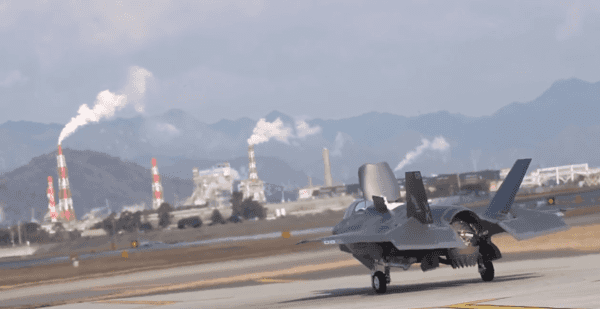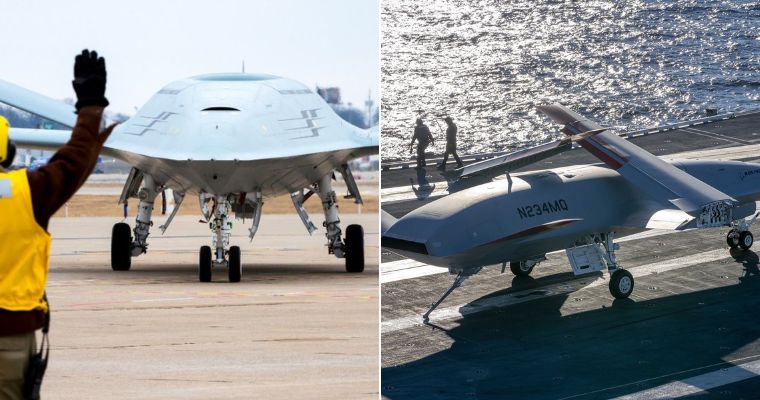The Marine Corps Air Station Iwakuni, or MCAS Iwakuni, is a U.S. Marine Corps air station located in Iwakuni, Japan. Home of Marine Aircraft Group 12 (MAG-12), 1st Marine Aircraft Wing (1st MAW), it is an integral part of the III Marine Expeditionary Force. The first operational F-35B bases in Marine Corps Air Station Yuma, Arizona, and Marine Corps Air Station Beaufort, South Carolina also have this aircraft stationed there.

A look at the U.S. Marine Corps F-35B doing vertical landing flight training at Air Station Iwakuni
Among the subordinate units that form the Marine Aircraft Group 12 is Marine Fighter Attack Squadron (VMFA-121), also known as the “Green Knights,” which is one of the first U.S. Marine Corps aircraft squadrons operating the F-35B Lightning II.

(Gung Ho Vids/YouTube)
Tail code “VK” and a radio call sign being “Combat,” Marine Fighter Attack Squadron (VMFA-121) has been training hard to master the new 5th generation F-35B JSF Lightning II, which has the particularity of a vertical landing as the highlight. In this video, VMFA-121 F-35B Lightning II fighter jets conduct flight training at home in the Marine Corps Air Station Iwakuni, Japan.
The F-35B the world’s first supersonic short take-off and vertical landing aircraft (STOVL). Its purpose is to function from unforgiving bases and a range of air-capable ships near front-line combat zones, however it can also take-off and land conventionally as well, according to F-35.com.
It is the “Rolls-Royce patented shaft driven LiftFan propulsion system and an engine that can pivot 90 degrees when in short takeoff/vertical landing mode that makes this aircraft what it is. It also uses the probe-and-drogue method of aerial refueling,” F-35.com explained.

(Gung Ho Vids/YouTube)
There is a rich history behind the F-35B, which was first the F-35A. In 2001, Lockheed Martin, Northrop Grumman and BAE Systems all partnered together and began production on the F-35. In February 2006, the first F-35A was completed in Fort Worth, Texas and was dubbed the “Lightning II. The F-35 “combines advanced stealth, integrated avionics, sensor fusion and superior logistics support — with the most powerful and comprehensive integrated sensor package of any fighter aircraft in history,” according to F-35.com.
It’s amazing to watch how a vertical landing is conducted and definitely not something you see every day. This is a complete game changer for pilots that have to make those landings quickly and precisely in places that may not otherwise be fit for one.
“What I will tell you, from the experience of going through STOVL training and then going out and executing the shortened take-off, or slow landing, and then the vertical landing, is that this is something the engineers at Lockheed Martin got 100 per cent correct.” Lt Col Gillette told Combat Aircraft Monthly.
Source: americanmilitarynews.com








